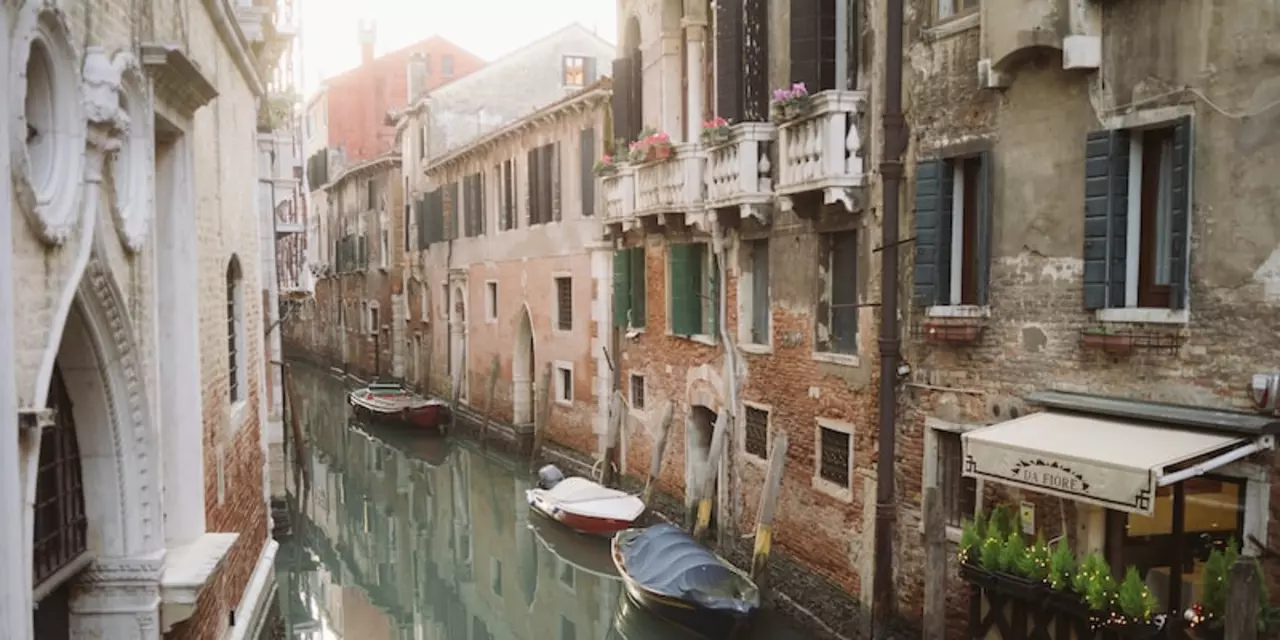Silent Films: The Birth of Visual Storytelling
Ever wondered why a movie with no spoken words can still pull at your heartstrings or crack you up? That’s the magic of silent films. Back in the early 1900s, filmmakers had to rely on pictures, music, and gestures to tell a story. It sounds simple, but the result was surprisingly powerful—and many of those tricks still work in movies today.
Why Silent Films Still Matter
First off, silent movies taught directors how to show, not tell. Without dialogue, every frame became a visual puzzle. Actors like Charlie Chaplin and Buster Keaton turned their bodies into tools for comedy, drama, and suspense. Chaplin’s “The Tramp” used empathy and pathos, while Keaton’s dead‑pan stunts made audiences gasp and laugh at the same time. Their work proved that a good story doesn’t need a script to feel real.
Second, silent films are a masterclass in editing and pacing. Cutting between scenes had to be precise, because a missed beat could ruin the whole joke or emotional payoff. Today’s editors still study those cuts to keep modern movies tight and engaging.
Finally, silent classics are free from language barriers. A single film could travel from New York to Tokyo and still connect with viewers. That global reach is why many silent movies survive in archives and keep getting restored for streaming platforms, including WatchMovie India Hub.
Top Silent Films to Watch Now
If you’re curious about diving in, start with these crowd‑pleasers:
- The Kid (1921) – Chaplin’s blend of humor and heartbreak shows why he became a worldwide icon.
- The General (1926) – Buster Keaton’s daring train stunts prove he was a true daredevil behind the camera.
- Metropolis (1927) – A German sci‑fi epic with stunning set design that still looks fresh.
- Nosferatu (1922) – Horror fans will love this eerie vampire tale that set the tone for the genre.
- City Lights (1931) – Chaplin’s romance with the blind flower girl is a timeless blend of comedy and sorrow.
Each of these films is available in high‑definition on our platform, so you can enjoy the original piano scores or modern soundtracks that keep the mood intact.
Want a deeper dive into the rivalry between the silent era’s biggest stars? Check out our post "Was Buster Keaton a greater filmmaker than Chaplin?" for a fun, side‑by‑side look at their styles. It breaks down Keaton’s stunt‑heavy visuals versus Chaplin’s emotional storytelling, helping you decide which master you prefer.
When you watch a silent film, pay attention to three things: facial expressions, body language, and the music that rides the action. Those clues are the story’s backbone. If a scene feels confusing at first, give it a second watch—the visuals will start to click.
Finally, remember that silent movies were made on tiny budgets and with limited technology. Yet they created some of the most memorable moments in cinema history. That’s a reminder that a great idea can shine even without fancy effects.
Ready to explore the roots of modern filmmaking? Browse our silent‑film tag, pick a title, and press play. You’ll be surprised how much these word‑less wonders can still say to you today.
Did Buster Keaton do his own stunts?
Buster Keaton was a legendary silent film actor, comedian and director. He was known for his daring physical comedy and stunts. Keaton often performed his own stunts and was known for his death-defying stunts. However, he did not always perform his own stunts. For some of the more dangerous stunts, he had a stunt double who performed the stunts for him. It is impossible to say for certain how many stunts were performed by Keaton himself, but it is known that he did perform some of his own stunts.

 Entertainment and Film Industry
Entertainment and Film Industry